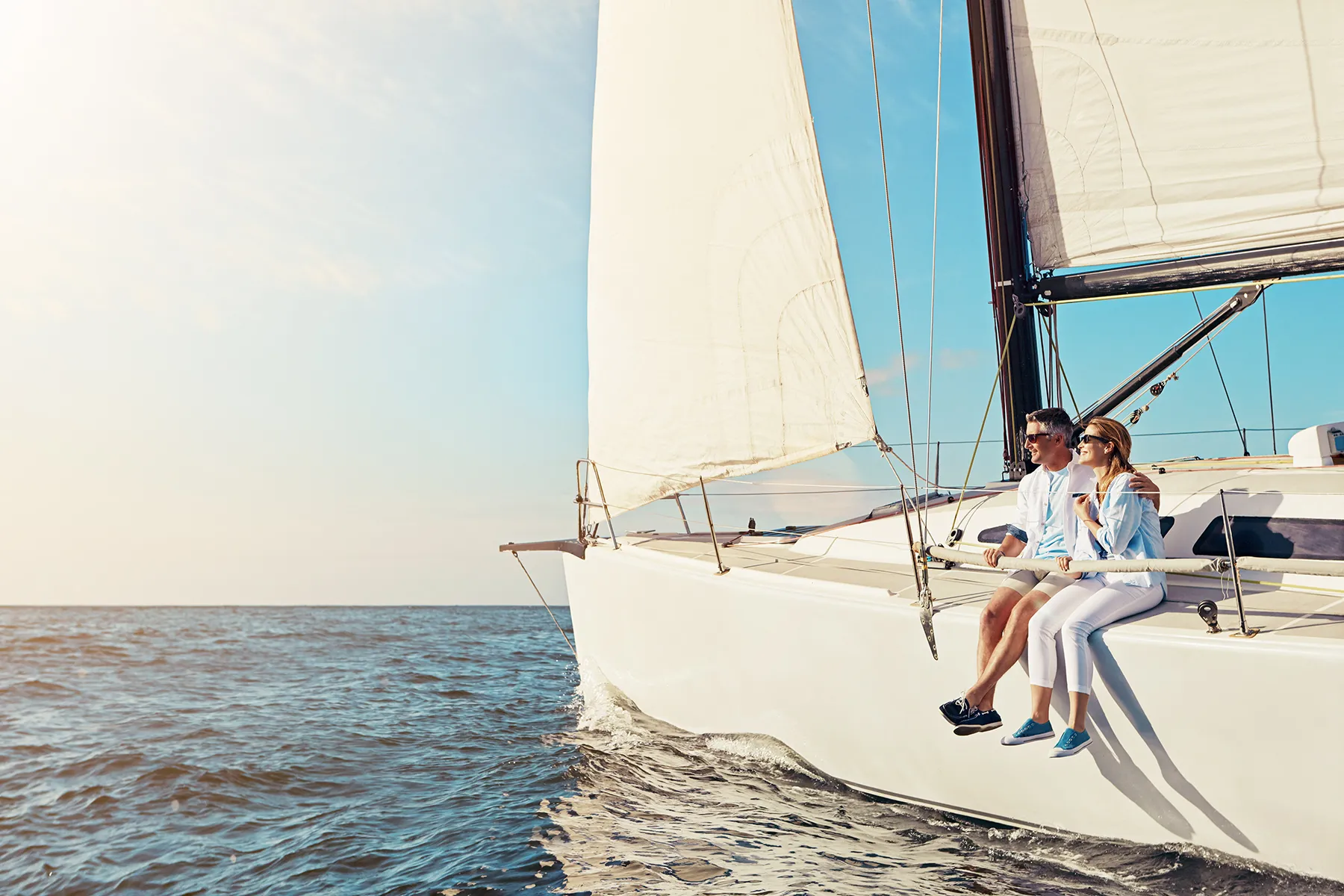
Maximum Efficiency for Passage-Making Vessels
Why Choose a Belt Driven Watermaker System?
A belt driven system watermaker represents the most energy-efficient desalination solution for vessels that motor regularly. Our belt driven watermaker technology harnesses your auxiliary or main engine’s mechanical power to run the high-pressure pump, producing freshwater while underway without draining batteries or running generators. This innovative belt drive system design is perfect for sailboats on passages, trawlers, powerboats, and commercial vessels that spend significant time motoring. ECHOTec’s belt driven watermaker systems produce 10-40 gallons per hour of operation, allowing you to fill tanks during daily engine run time no additional fuel costs, no battery consumption, just efficient freshwater production.

Maximum Efficiency for Passage-Making Vessels
Why Choose a Belt Driven Watermaker System?
A belt driven system watermaker represents the most energy-efficient desalination solution for vessels that motor regularly. Our belt driven watermaker technology harnesses your auxiliary or main engine’s mechanical power to run the high-pressure pump, producing freshwater while underway without draining batteries or running generators. This innovative belt drive system design is perfect for sailboats on passages, trawlers, powerboats, and commercial vessels that spend significant time motoring. ECHOTec’s belt driven watermaker systems produce 10-40 gallons per hour of operation, allowing you to fill tanks during daily engine run time no additional fuel costs, no battery consumption, just efficient freshwater production.
Proven Belt Drive System Design for Every Vessel
Best Belt Driven Watermaker Systems from ECHOTec
ECHOTec’s belt driven system watermakers represent the pinnacle of energy-efficient desalination. Our innovative belt drive system design mechanically harnesses engine power to produce freshwater without electrical consumption eliminating battery drain and generator operation. Perfect for sailboats, trawlers, and passage-making vessels, belt driven watermaker technology transforms routine engine hours into productive freshwater generation.



